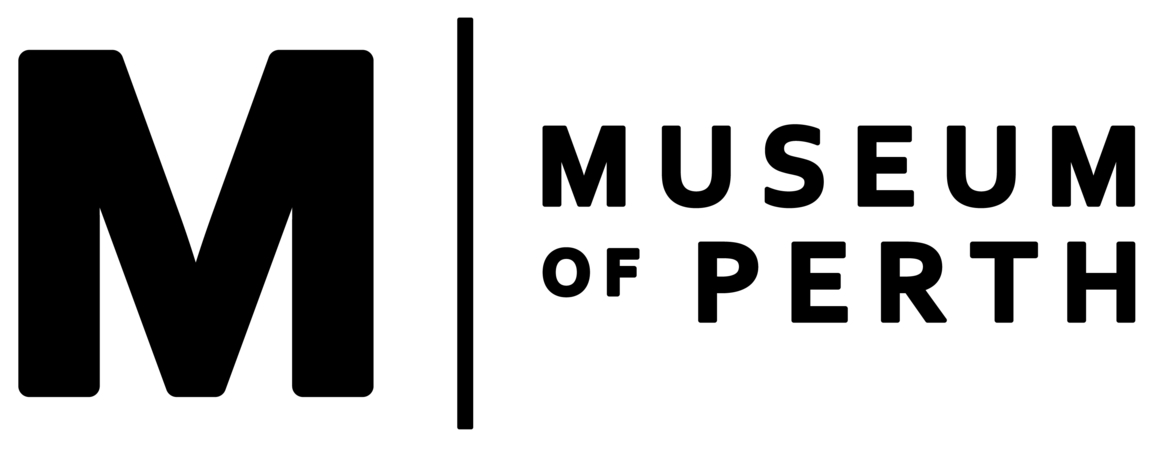Kata Moor
Katta Moor / Kada Moor / Mooro Katta / Kaarta Gar-up / Karrgatup / Garrgatup / Gargarup
Description & Location
One of the many names associated with Mount Eliza, the highest point of Kings Park. In the Noongar language the word kaat varyingly means the head, top of a hill, or mountains, with moor referring to the darkness and deepness of the river below.
During Creation Time, the area of Mount Eliza is where the giant rainbow snake of Noongar Dreaming, the Waugyl, first rose to the earth’s surface before making its way to the sea, creating the present course of the bilya (Swan River). An old, prominent tuart that grew at the point of the shoreline curve in front of Kennedy’s Fountain demarcated the boundaries of another sacred site nearby. Directly downstream from the tuart was the sacred site and camping area known as Goonininup.
In addition to hunting for yonga (kangaroos) and kylung (large possums), which used to be found in the area, the river bank along the foot of the Mount abounded in crabs, frogs, tadpoles and fish. The mountain slopes were used as a vantage point to observe fish in the river similar to how it is used as a lookout today.
Another name associated with the area is Karrgatup (Kargatup / Garrgatup / Gargarup), which has been attributed to the name for a camping ground located on the slopes below Mount Eliza to the shoreline of the Swan River. Karrgatup is thought to be the final resting place on the creation journey of the Waugyl before it tunnelled out into the sea and disappeared.
Recent work led by Noongar Elder, Professor Len Collard, has attributed several other place names to the area, including Kaart Geenunginyup Bo, which was interpreted as ‘here at this place at the top of a hill or mountain where you can see a long way’. Collard et al. describe the site as a place that was used for communication; where the local people lit fires for gatherings that could be seen from afar, and where Noongars shouted from the top of the hill to reach far distances.
Today, Kings Park continues to hold great significance to Noongar people, and the area provides a place for visitors and families to gather for picnics, conversations and to enjoy the view.
References
Bates, D. Unpublished notes, Acc. 1212A, Section II, VI.
Bates, D. Manuscript 365/4/188, Notebook 16, p. 28.
Bates, D. Manuscript 365/4/178, Notebook 20, p. 57a.
Bates, D. Manuscript 365/4/179, Notebook 20, p. 63.
Bates, D. Manuscript 365/97/580.
Children's Corner. (1928, August 23). Western Mail, p. 19. Retrieved from http://nla.gov.au/nla.news-article38381772.
Douglas, W.H. (1976). The Aboriginal Languages of the South-West of Australia. Australian Canberra, ACT: Institute of Aboriginal Studies.
Government of Western Australia. (2019). Kings Park and Botanic Garden. Retrieved from https://www.bgpa.wa.gov.au/kings-park/visit/history/aboriginal-history.
Martin, L., Collard, L., Reynolds, J. & Motlop, P. (2019). A Sense of Place: Nyungar cultural mapping of UWA and surrounds. Crawley, WA: University of Western Australia. Retrieved from https://www.arcgis.com/apps/MapTour/index.html?appid=5e1d22a790ab40f2bfffb5faed67263b&folderid=da4f8da4332846a48d0a655100d3fc2e.
South West Aboriginal Land and Sea Council. (2019). Kaartdijin Noongar. Retrieved from https://www.noongarculture.org.au/spirituality/.
Rooney, B. (2011). Nyoongar Dictionary: The Naming of The Land and The Language of its People. New Norcia, WA: Batchelor Press, p. 30, 64.
Vinnicombe, P. (1989). Goonininup: A Site Complex on The Southern Side of Mount Eliza : An Historical Perspective of Land Use And Associations in The Old Swan Brewery Area. Perth, WA: Western Australian Museum, p. 10- 14.
Mounts Bay Rd & Kata Moor (Mt Eliza) west from Spring St, State Library of Western Australia, 100050PD

